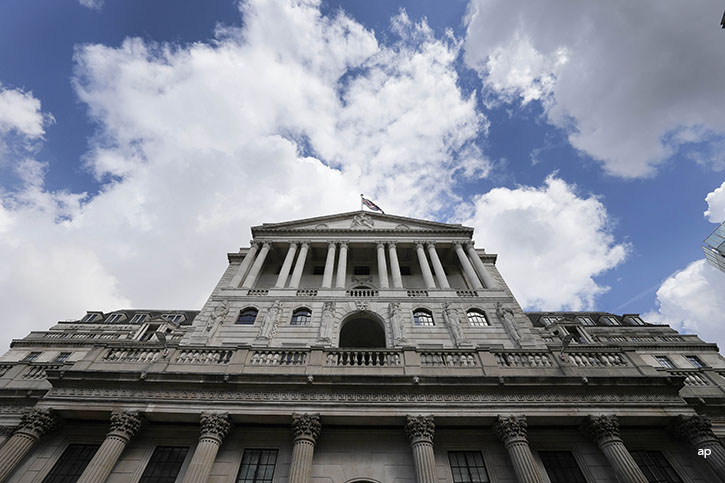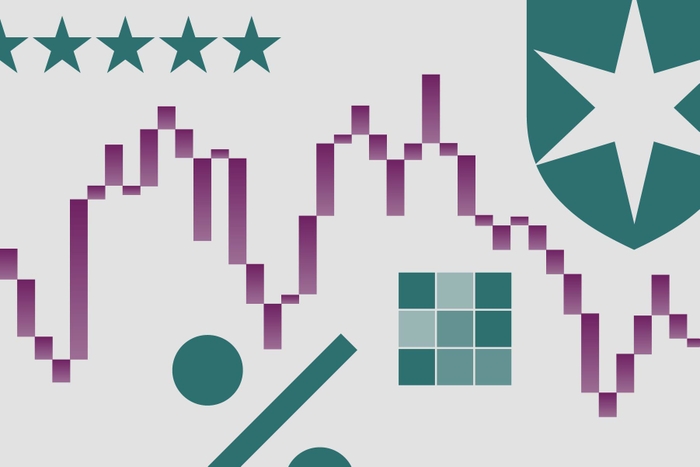
WTI crude plunged 8% on Monday, extending a collapse that has wiped off 28% of the benchmark’s value in about six weeks. Front-month futures ended the day at $55 a barrel, aligning with our midcycle forecast for the first time since October 2017.
The slump has weighed heavily on upstream equities, pushing down the share prices of industry cost leaders like Diamondback Energy, Pioneer Natural Resources, and Continental Resources into 4-star undervalued territory. Among integrated firms, narrow-moat rated Royal Dutch Shell (RDSB) and Total are now considered undervalued as well.
The latest oil price declines came after OPEC reported overall production growth of 127 million barrels a day in October. Saudi Arabia and the UAE further underscored their ability and willingness to ramp when necessary, collectively adding almost 270 million barrels a day in the period, after adding 147 million barrels a day in the prior month.
That was more than enough to assuage market jitters related to Iran and Venezuela, which reported relatively modest losses of 156 million barrels a day and 40 million barrels a day, respectively. The full impact of U.S. sanctions is still unclear, as these did not take effect until November.
But Iran has already lost 500 million barrels a day since the U.S. withdrawal from the nuclear pact was announced, and in the same period total production from OPEC has increased by million barrels a day. Consequently, the supply shortage fears that drove up crude prices earlier this year now look overblown. In fact, key OPEC producers are now contemplating the need for further production cuts next year to avoid a glut forming instead.
Prepare for More Price Volatility
We caution that further volatility is likely. OPEC’s remaining spare capacity is unknown, and it’s possible that steep declines are still on the way for Iran and Venezuela – not to mention Angola, Libya, and Nigeria.
Likewise, on the demand side we note that the rebalancing of China’s economy is widely expected to dent crude imports in the next few years, even though consumption and investment actually have comparable elasticities of demand.
On the other hand, we question whether the market has fully incorporated the impact on demand of higher product prices, the strength of the U.S. dollar, or the downside risk associated with U.S.-China tariffs. The bottom line is that undersupply and oversupply are both plausible outcomes next year and making a directional bet on short-term crude prices is extraordinarily risky.
Instead, we focus on the midcycle price and activity level that keeps U.S. output growing in lockstep with the “call on the U.S.” For shale producers, collectively the global swing producer, the marginal cost is around $55 per barrel. Though prices have now reached this level, the U.S. rig count still exceeds the “Goldilocks” level that balances the market in the next five years by at least 150 rigs.
Accordingly, we still see an upcycle playing out. Prices must fall further in the short run, or at least remain at the current level, to avoid excessive shale growth like what we saw in 2014. That limits our stock picks to the handful of undervalued producers listed above that can still thrive in a $55 environment.





























